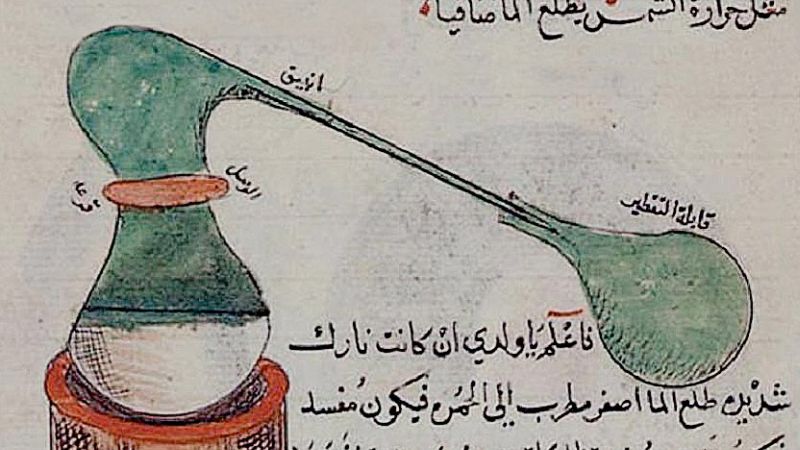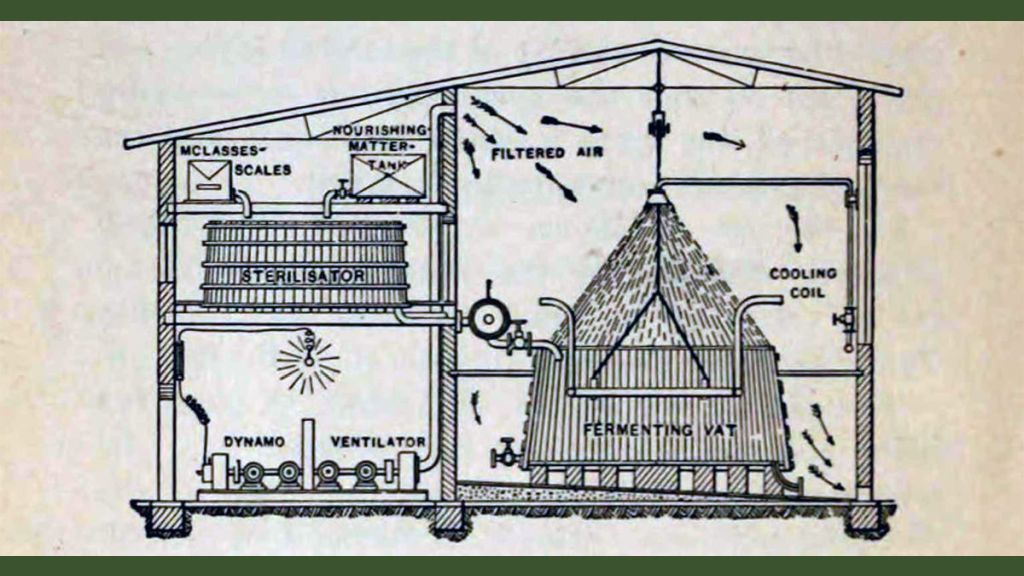The Evolution of Distillery: From Ancient Origins to Artisanal Renaissance
Distillation: Unveiling the Alchemical Art
Distillation, a transformative process unlike the fermentation of wine and beer, stands as a distinct and essential step in the creation of spirits. This method, born from the alchemical pursuits of uncovering the secrets of substances, held an unexpected role in the genesis of alcohol. The history of distillation traces back to ancient times, leaving traces as early as 800 B.C. Evidence emerges from diverse cultures like Asia, where crude distillates were crafted from rice and mare’s milk.
Alchemy’s Unintended Legacy
Alchemy, the precursor to modern chemistry, embarked on a journey to decipher the mysteries of matter. In this quest, it inadvertently paved the way for alcohol’s emergence. The secrets unearthed by alchemists traveled from Asia to the realms of Ancient Greece, enduring well into the 1st century A.D. “Maria the Jewess,” an enigmatic figure, is attributed to pioneering the tribikos, a primitive pot still, a crucial tool in distillation’s evolution.
The process of distillation separates liquids based on their different boiling points. It’s a technique that allows for the concentration of alcohol, resulting in more potent and refined spirits. Unlike the simpler processes used to make beer and wine, distillation involves heating a liquid to create vapor and then cooling that vapor to create a liquid. This intricate method requires an understanding of temperature, pressure, and the properties of different substances.
Alembic and Ambrosia: Distillation’s Milestones

Abu Musa Jabir ibn Hayyan’s groundbreaking design of the alembic pot still in the 8th century A.D. marked a turning point. This innovation revolutionized alcohol distillation, enabling the collection of clear and flammable vapor from wine. Distilled alcohol initially found purpose in rituals and medicines during the 9th century, gradually expanding its utility. By the 12th century, an Italian medical school documented the first official use of distilled alcohol.
The alembic pot still, attributed to Jabir ibn Hayyan, played a vital role in the refinement of distillation techniques. It allowed for greater control over the distillation process and the separation of alcohol from other substances. This advancement paved the way for the production of higher quality and more consistent spirits.
Distillation’s Transformative Journey
Hieronymus Brunschwig’s “The Virtuous Art of Distilling” in the 16th century exemplified a pivotal shift. Distilled alcohol transitioned from medicinal aid to recreational indulgence, exemplified by the notable rise of “aqua vitae.” The 17th century saw this elixir gaining traction, eventually leading to its widespread consumption.
Brunschwig’s work highlighted the broader applications of distilled alcohol. It showcased various methods of distillation and the diverse range of spirits that could be produced. This shift towards recreational consumption marked a significant societal change, as distilled spirits became more readily available for leisure rather than solely for medicinal or ritualistic purposes.
The Industrial Alchemy: Modernizing Distillation

The 19th century witnessed monumental advancements. Robert Stein and Aeneas Coffey’s invention of the continuous still, also known as the column still, redefined distillation. This innovation ensured a constant distillation process, driving industrialization’s growth and commercialization of spirits. Avicenna’s ingenious coiled cooling tube further refined pot distillation efficiency, adding to the modernization wave.
The continuous still revolutionized the efficiency of distillation. Unlike traditional pot stills, which required multiple distillation cycles to achieve high alcohol content, the continuous still allowed for a continuous flow of liquid through the distillation process. This not only increased production capacity but also contributed to the consistency of the final product.
Crafting Tradition Anew: Artisanal Resurgence
As industrial distillation boomed, the essence of craftsmanship found a resurgence in the modern era. The craft distilling movement, a response to the mass production of spirits, emerged, offering a diverse array of unique, small-batch concoctions. This renaissance has reintroduced the world to the charm of artisanal spirits, celebrating the roots of distillation while embracing innovation.
The craft distilling movement is a testament to the appreciation of tradition and the desire for quality over quantity. It emphasizes the hands-on approach to distillation, often using traditional methods and locally sourced ingredients. This trend has gained a loyal following of consumers who value the stories behind the spirits and the distinct flavors that come from smaller-scale production.
A Spirited Legacy
From the ancient alchemical pursuits to modern craft distilleries, the journey of distillation is a testament to human ingenuity and curiosity. The intricate dance of heat, vapor, and liquid has shaped the world of spirits into what we know today. As we raise our glasses to enjoy the diverse and innovative array of artisanal spirits, let us also raise a toast to the generations of distillers and alchemists who paved the way for this spirited legacy.

